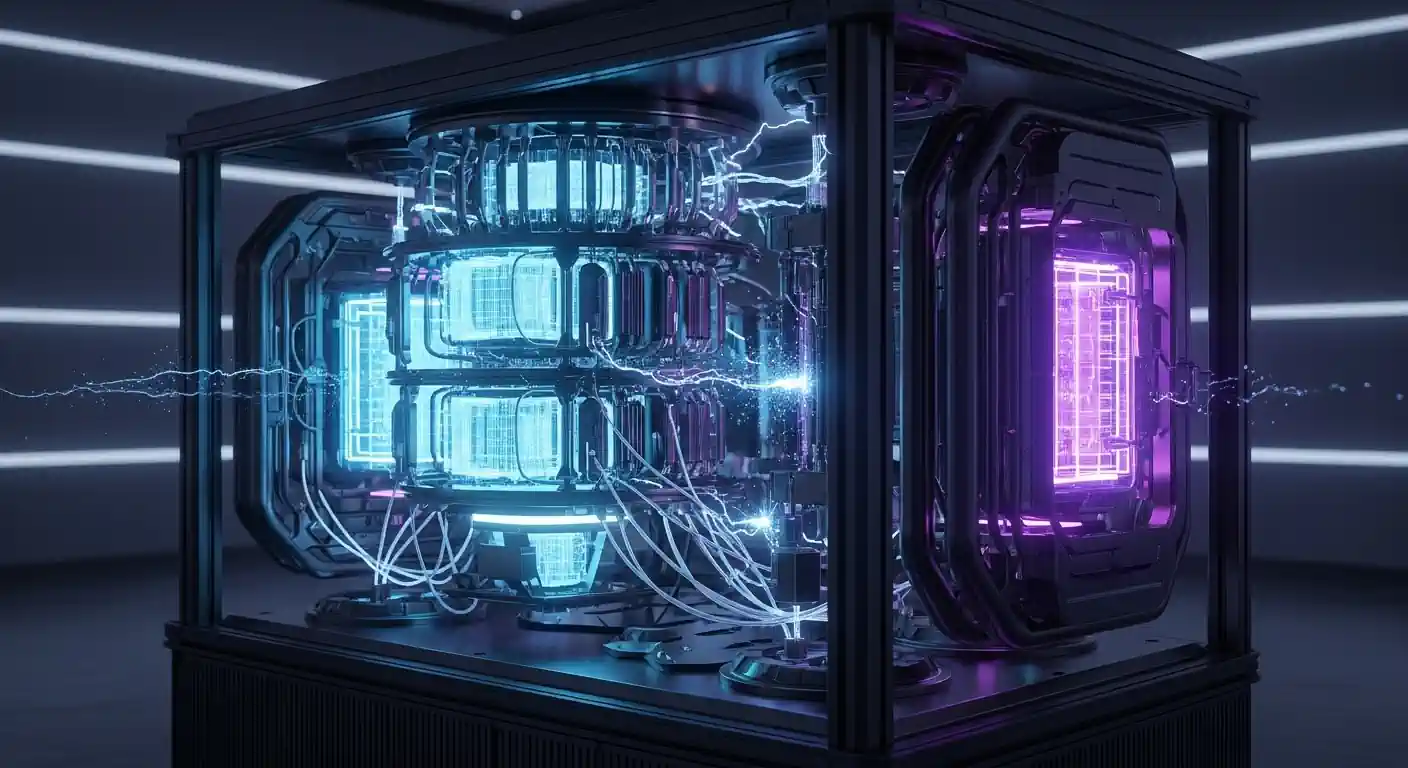Cybersecurity Enters a New Era as First-Ever Quantum-Resistant Encryption Standards Are Finalized
In a landmark move to defend against the looming threat of quantum computing, the U.S. National Institute of Standards and Technology (NIST) has finalized a new suite of encryption standards. This release marks the first official set of post-quantum cryptography (PQC) algorithms, designed to protect sensitive digital information from being decrypted by the immense power of future quantum computers.
The Breakthrough
The new standards are the culmination of a multi-year global effort to develop and vet cryptographic methods capable of withstanding attacks from both classical and quantum computers. For years, experts have warned that current encryption, which protects everything from financial transactions to national security data, is vulnerable to a sufficiently powerful quantum machine. This development signals a foundational shift in digital security, moving from theoretical defense to actionable implementation.
- Proactive Defense: The standards address the “harvest now, decrypt later” threat, where adversaries collect encrypted data today with the intent of breaking it once quantum computers are viable.
- Global Collaboration: The algorithms were selected after a rigorous, six-year competition involving cryptographers and researchers from around the world.
- Ready for Integration: These finalized standards provide a clear roadmap for government agencies and private industries to begin transitioning their security infrastructure.
Technical Details
The initial release includes three standards based on four primary algorithms chosen in 2022. These algorithms are built on complex mathematical problems that are believed to be difficult for both classical and quantum computers to solve.
- CRYSTALS-Kyber (ML-KEM): This algorithm becomes the standard for general encryption, used for creating secure communication channels over public networks. Its official name is the Module-Lattice-Based Key-Encapsulation Mechanism (ML-KEM).
- CRYSTALS-Dilithium (ML-DSA): This is now the primary standard for digital signatures, used to verify identities and the integrity of digital messages.
- SPHINCS+ (SLH-DSA): This will serve as a secondary digital signature standard. It is based on a different mathematical approach (hash-based signatures) to provide an alternative in case of an unforeseen vulnerability in the primary standard.
- FALCON: A fourth algorithm, FALCON, is expected to be standardized soon for applications requiring smaller digital signatures.
Impact and Applications
The finalization of these standards is a critical call to action for all sectors. Government agencies, financial institutions, healthcare providers, and tech companies must now begin the complex process of upgrading their cryptographic infrastructure. This transition, often referred to as “crypto-agility,” will involve identifying and replacing vulnerable legacy encryption across hardware, software, and communication protocols. Major tech companies are already beginning to integrate these quantum-safe algorithms into their products and services, with Google and Cloudflare announcing PQC protections in their cloud and zero-trust platforms.
Future Outlook
While the release of these standards is a monumental achievement, the transition to post-quantum cryptography will be a gradual and challenging process expected to take years. NIST has indicated that this is just the first set of PQC standards, with more algorithms addressing different use cases expected in the future. Experts predict that by the early 2030s, quantum machines could be powerful enough to break today’s standard 2048-bit RSA encryption. Therefore, organizations are urged to begin their migration plans now to ensure data remains secure in the quantum era.
This proactive step by NIST and the global cryptographic community provides the essential tools for building a more secure digital future. The race is now on for organizations to adopt these new defenses before the quantum threat becomes a reality.
